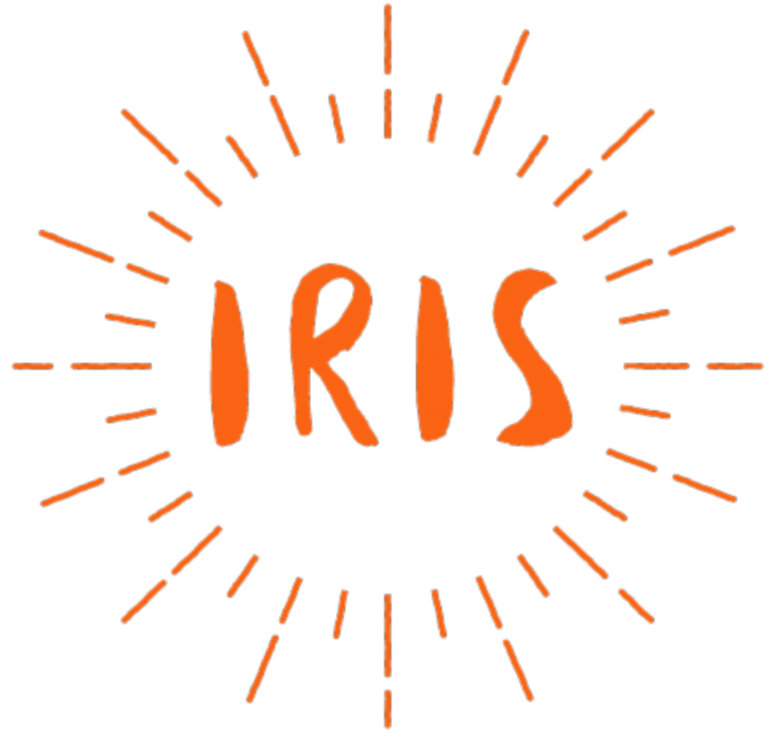Project IRIS - Introducing Reverse Innovation to HEI in Tanzania - Active Pedagogy Linking Communities

By James Kazoka and Ritva Hyttinen.
The current Tanzania National Development Policy and strategies to alleviate poverty and the ambition to become a middle industrialized country will not be fulfilled if universities do not address community needs. Innovation pedagogy, which facilitates university industrial linkage to solve community needs and working life demands, can be a solution. By adopting the FinTan innovation pedagogy model, will not only be the pioneers of change and early adopters but will also be a unique university which produces unique graduates who are competent, knowledgeable, full of practical skills and capable of competing in the labour market and creating new employments to others. HEIs management, teaching staff and students need to embrace the change and be flexible enough to influence the changes.
The theory of social identity highlights the meaning of group membership and relations between individuals and variety of groups in the society (Tajfel 1982). According to Mor Barak (2017), memberships of social groups are significant and people tend to categorize themselves and others rather through their group connections than paying attention to individual characteristics. Members of a group establish an ingroup whereas others form outgroups and during social identification phase, people evaluate the significance of groups and they compare their own attitudes and norms with the values of in-group. Others are “they” who form out-group whereas “we” are in-group members who share similar awareness and perceptions among the group. According to social identity theory, members of a group have tendency to favour their own group members over the others. Social identity theory maintains that people wish to be part of teams that enjoy positive and distinguishing identity. (Tajfel 1982; Tajfel & Turner 1979; Tajfel & Turner 1986.) One intention of IRIS has been melting boarders around separate groups in the society so that people could rather communicate, work together and co-create to benefit the community than isolate to own groups.
Tanzanian Tumaini University Dar es Salaam College (TUDARCo) and Finnish Turku University of Applied Sciences (TUAS) have collaborated from 2012 onwards and from 2017 onwards co-operation has focused on the project IRIS. IRIS objectives was to increase active role of TUDARCo in the society so that university is able to cultivate ideas arising from local communities, to support communication, concrete collaboration and information sharing which promote participation and equality in the society. These ambitious objectives were reached through three development steps: Firstly, new innovative pedagogy and accredited curricula, secondly new concrete collaboration with micro-entrepreneurs and thirdly new developed information services to encourage communities to use libraries.
References of becoming article
Androutsos, A., & Brinia, V. (2019). Developing and Piloting a Pedagogy for Teaching Innovation, Collaboration, and Co-Creation in Secondary Education Based on Design Thinking, Digital Transformation, and Entrepreneurship
Kettunen,J., Kairisto-Mertanen, L., & Penttila, T. (2013) Innovation pedagogy and desired learning outcomes in higher education
Konst, T., & Scheinin M., (2018). The changing world has implications on the higher education and the teaching profession On the Horizon, Vol. 26 Issue: 1, pp.1-8, https://doi.org/10.1108/OTH-02-2017-0008
Lwoga, T. (2012). “Making Web 2.0 technologies work for higher learning institutions in Africa”. Campus – Wide Information Systems, 29 (2) 90 – 107.
Mager, B., & Sung, T.-J. (2011). Special issue editorial: Designing for services. International Journal of Design, 5(2), 1–3.
Marquez, J., & Downey, A., (2015). Service Design: An Introduction to a Holistic Assessment Methodology of Library Services. Weave Journal for Library User Experience. Michigan Publishing. Volume 1, Issue 2, 2015. DOI: http://dx.doi.org/10.3998/weave.12535642.0001.201
McEwan, D., Ruissen, G., Eys M., Zumbo, B., Beauchamp, M., (2017). The Effectiveness of Teamwork Training on Teamwork Behaviors and Team Performance: A Systematic Review and Meta-Analysis of Controlled Interventions
Mor-Barak, M. E. (2017). Managing diversity: Toward a globally inclusive workplace (Fourth Edition.). Los Angeles: SAGE Publications, Inc.
Polaine, A., Løvlie, L., & Reason, B. (2013). Service design: from insight to implementation. Brooklyn, NY: Rosenfeld Media.
Tajfel, H. (1981). Human groups and social categories. Cambridge, UK: Cambridge University Press.
Tajfel, H. and Turner, J.C. (1986) The Social Identity Theory of Intergroup Behavior. In: Worchel, S. and Austin, W.G., Eds., Psychology of Intergroup Relation, Hall Publishers, Chicago, 7-24.
Tajfel, H., & Turner, J. C. (1979). An integrative theory of intergroup conflict. The social psychology of intergroup relations?, 33-47.
OECD (2005). The Definition and Selection of Key Competences, (DeSeCo). Available online: https://www.oecd.org/pisa/35070367.pdf (accessed on 10 August, 2019).
